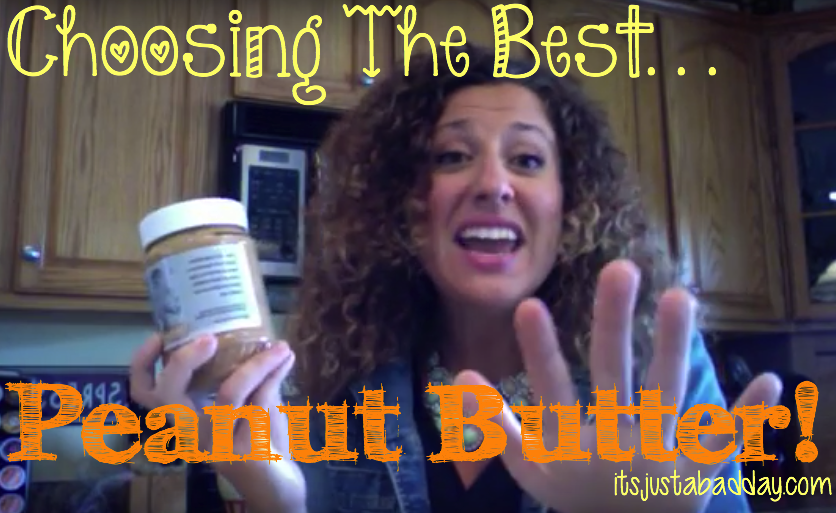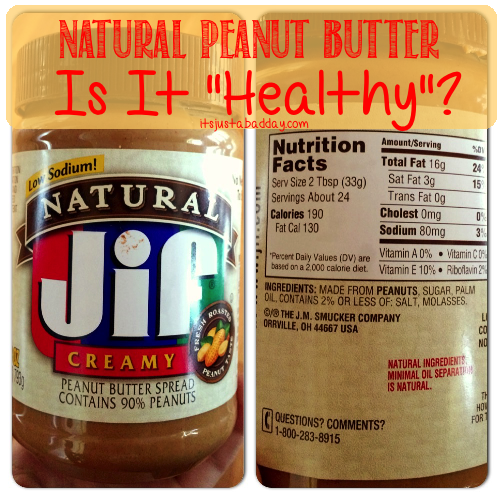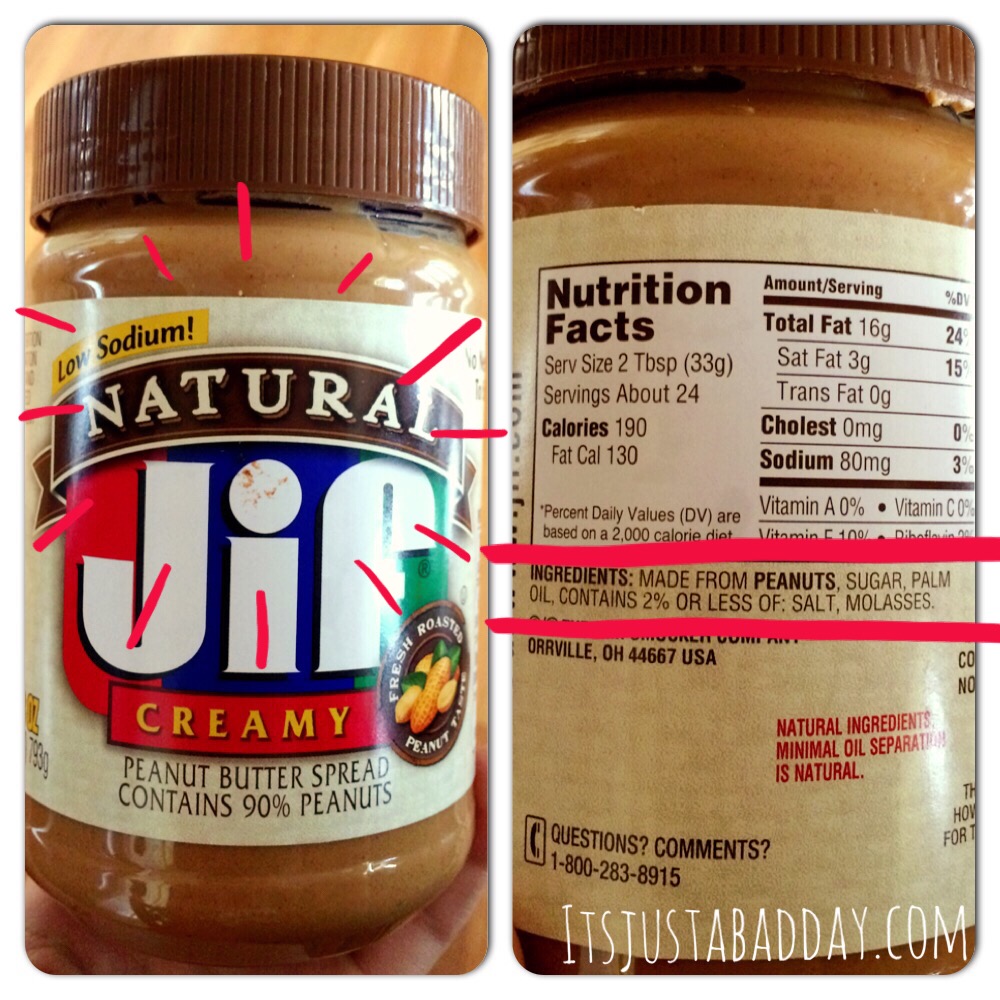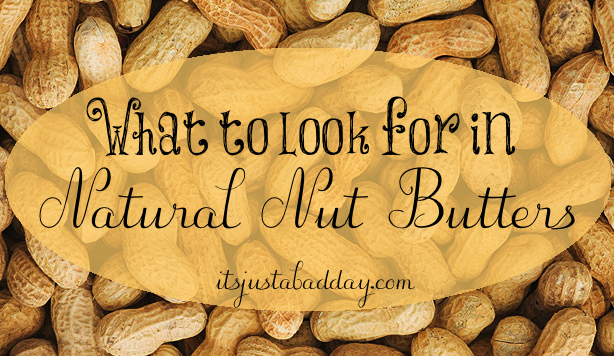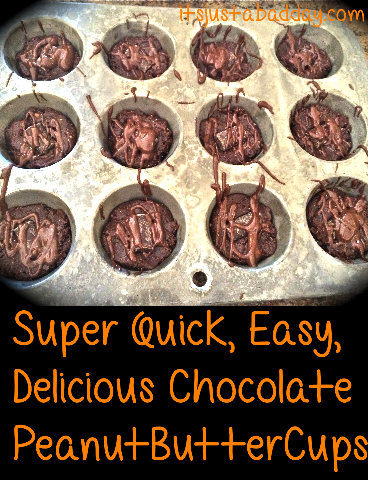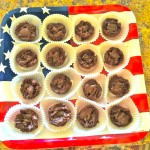I published a post a few months back “Is Natural Peanut Butter Healthy?” and it’s received a lot of hits. Because I received a few questions regarding selecting the right peanut butter, I decided to make an Ask Juls video on the topic!
What To Look For In Peanut Butter?
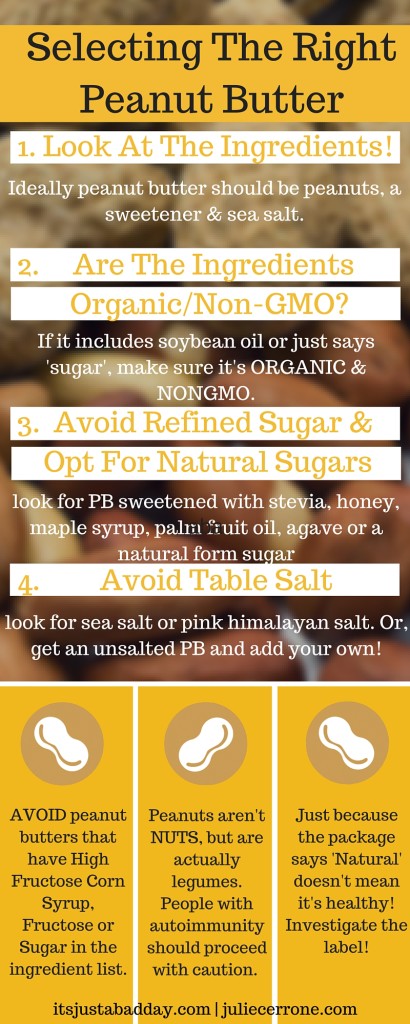 Look at the ingredients!! (Remember this video??) You don’t want soy and other ‘crap’ in your peanut butter. Peanut butter really should (ideally) be Peanuts, a natural form of sweetener and sea salt!
Look at the ingredients!! (Remember this video??) You don’t want soy and other ‘crap’ in your peanut butter. Peanut butter really should (ideally) be Peanuts, a natural form of sweetener and sea salt!- If it includes soybean oil or just says ‘sugar’, make sure it’s ORGANIC and NONGMO. Otherwise, you’ll just be getting genetically modified food like substances. Forget the protein, you’re really not doing your body any good-by eating these ‘foods’.
- If you want your peanut butter sweetened – look for peanut butter sweetened with stevia, honey, maple syrup, palm fruit oil, agave or a natural form sugar. AVOID peanut butters that have High Fructose Corn Syrup, Fructose or Sugar in the ingredient list.
- If you like your peanut butter salted – look for sea salt or pink himalayan salt. Or, get an unsalted peanut butter and throw your own sea salt in it at home!
Wait, Peanuts Aren’t Nuts?
It’s important to note that peanuts are NOT a nut, but a legume. Legumes, according to this Ultimate Paleo Guide’s “What The Hell Is A Legume”, “is a simple, dry fruit contained within a shed or a pod. The most well-known legumes are peas, beans, peanuts, and alfalfa”.
Peanuts really aren’t the greatest thing for you to be eating. If you have a normal/healthy digestive tract (which I’m willing to bet 90% of people DON’T) then eating peanut butter in moderation may be fine. Otherwise, it’s really hard on our digestive tract and truly can cause a bunch of problems.
A Bit About Legumes
Legumes are not the best for your gut if you’re trying to heal it. Therefore, if you have autoimmunity I would suggest you steer clear of legumes (and all grains)… but that’s a whole different video for another day. To read up on WHY (until I make that video of course 😉 haha) Check out this Paleo Magazine article called ‘Spilling The Beans’ or check out this post Why Even Organic Peanut Butter Is Bad For You.
I will say this . . . on my own health and diet adventure I didn’t start off by avoiding grains and legumes. It can be extremely hard to cut these AND everything else out of your diet. Therefore, I always advise my clients to start with a normal elimination diet. After they go through that process, then they can flirt with the idea of cutting grains and legumes out. An Integrative Medicine Doctor that I’ve seen shared with me that autoimmune patients almost ALWAYS do better cutting them out. As much as I wish I didn’t agree with her, I do. It’s sad because when I “cheat” I’ll have a cupcake with rice flour or something that has gluten free grains in it. I ALWAYS notice a difference. For me, grains and legumes cause inflammation which ends up sucking my energy. The next day I’ll always have a headache and be very fatigued. So, if fatigue is a big issue for you in your autoimmunity, I HIGHLY suggest cutting these out along with the usual offenders – dairy, gluten, soy, corn, refined sugar, etc.
So to eat peanut butter or not eat peanut butter? If you’re thinking about purely the taste, then there are no arguments! But, if you have autoimmunity and/or leaky gut you need to proceed with caution! In any case, if you decide to eat peanut butter remember the tips I gave you above!
Wishing You A Pain Free Day!
